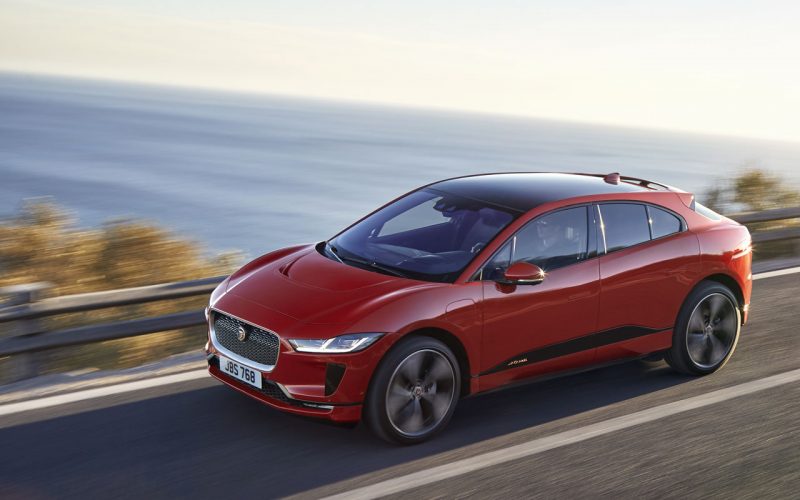
Reading Time: 11 minutesThe all-new, all-electric 2018 Jaguar I-Pace is already getting rave reviews from the automotive press, and
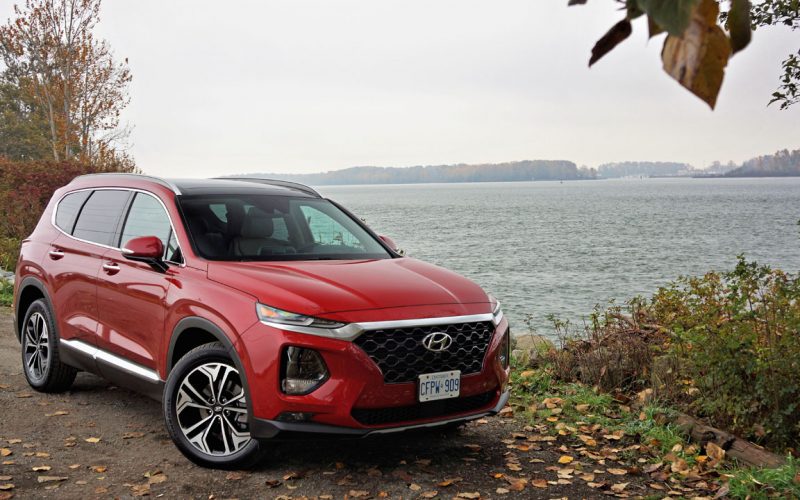
Reading Time: 7 minutesThe Santa Fe is one of the crossover SUV sector’s most popular entries, and it’s entirely
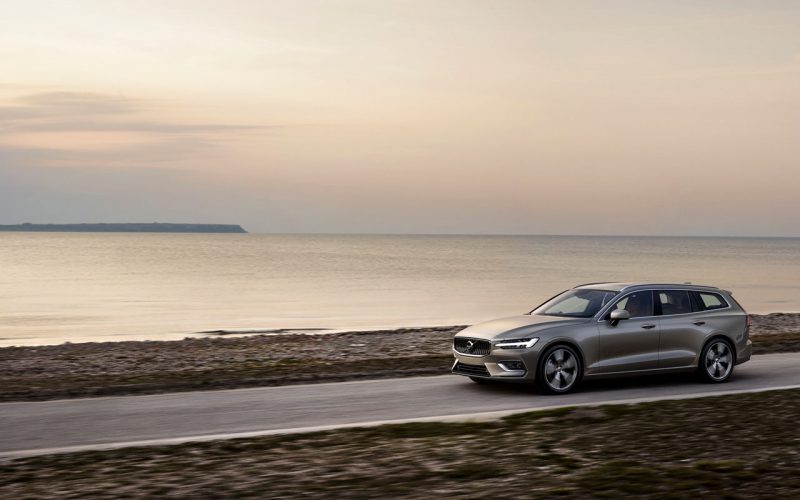
Reading Time: 9 minutesWagon lover alert: In case you hadn’t heard, the all-new 2019 Volvo V60 is now available
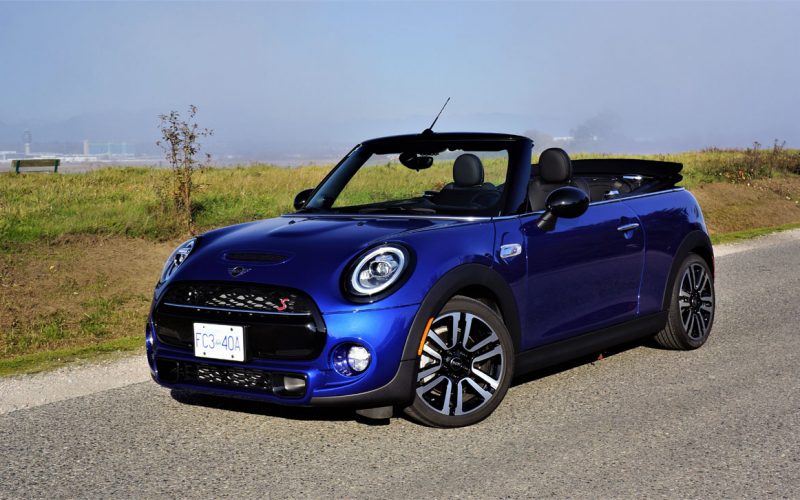
Reading Time: 4 minutesWe don’t get many Minis each year, but when we do it’s always a fun week.
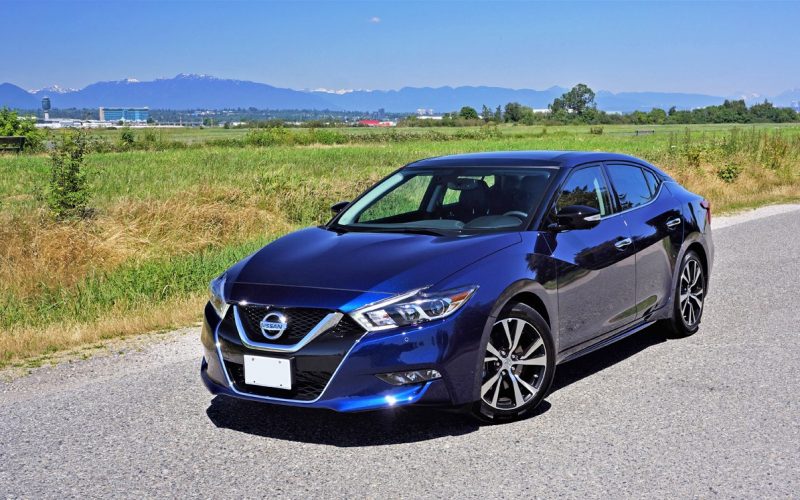
Reading Time: 8 minutesThe Maxima is an anomaly. Certainly there are other near full-size front-wheel drive mainstream branded sedans
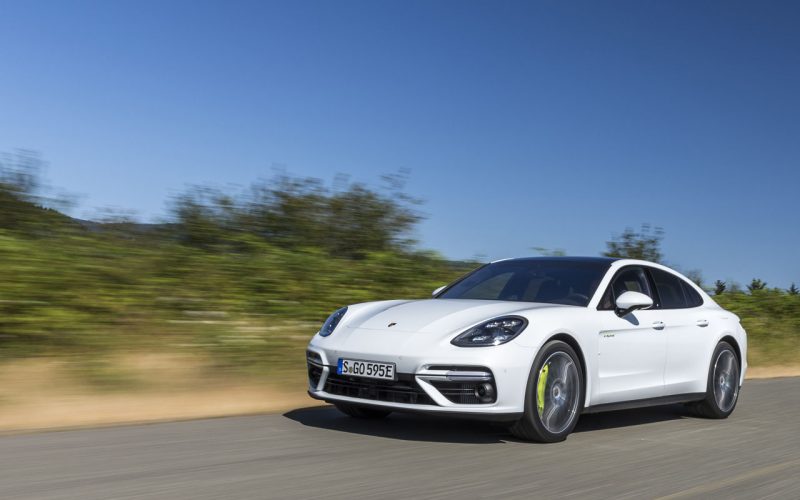
Reading Time: 10 minutesFew luxury brands get as much diversity from a given model as Porsche. The sports car
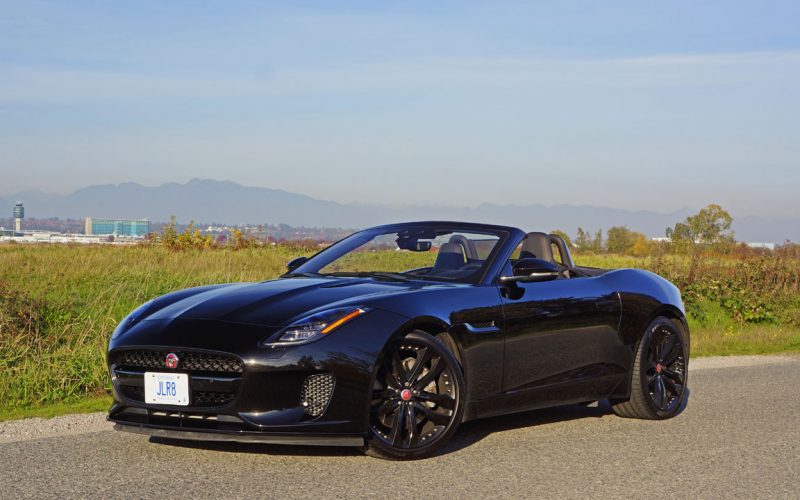
Reading Time: 3 minutesJaguar installed its potent yet economical gasoline-powered Ingenium turbocharged and direct-injected 2.0-litre four-cylinder engine into its
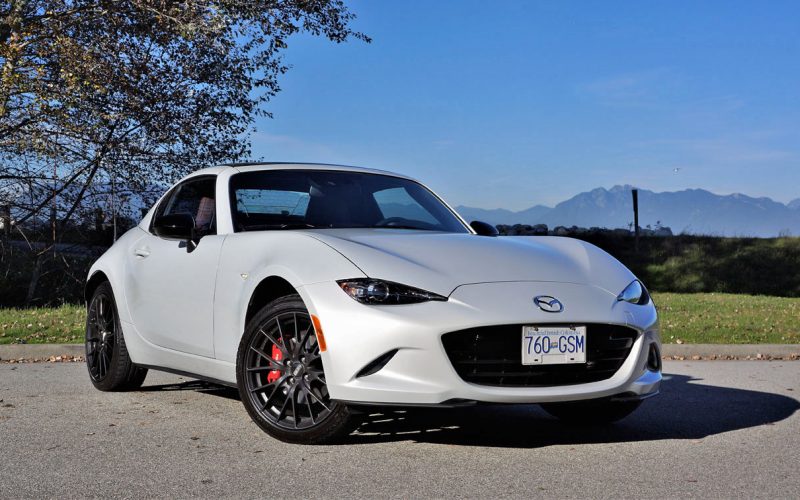
Reading Time: 5 minutesPower isn’t my thing. Most who have it don’t know how to wield it, and being
© 2025 The Car Magazine. All Rights Reserved, Privacy Policy | Terms of Use